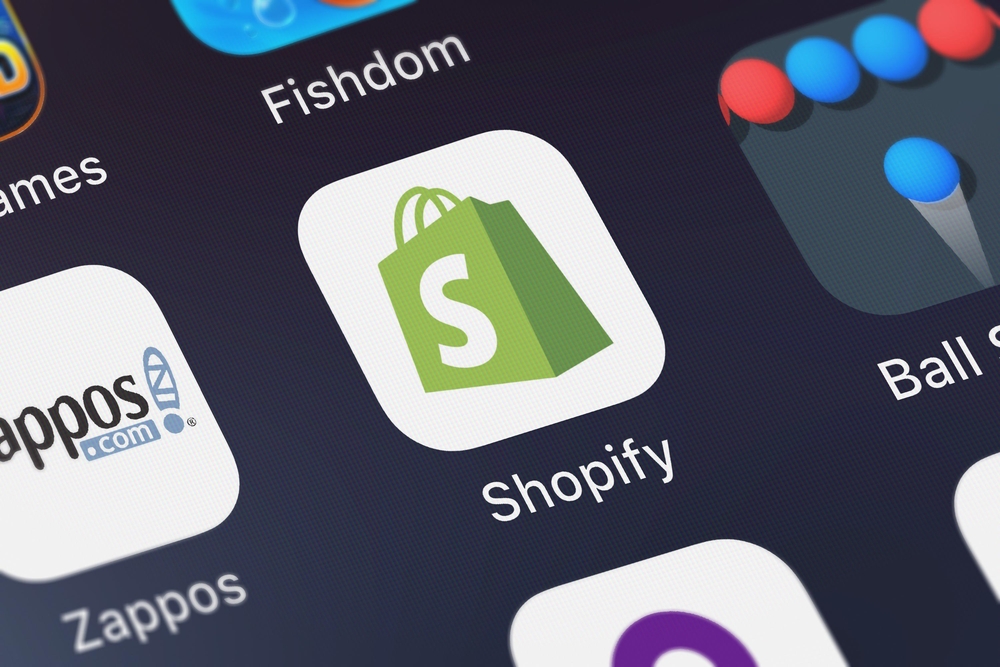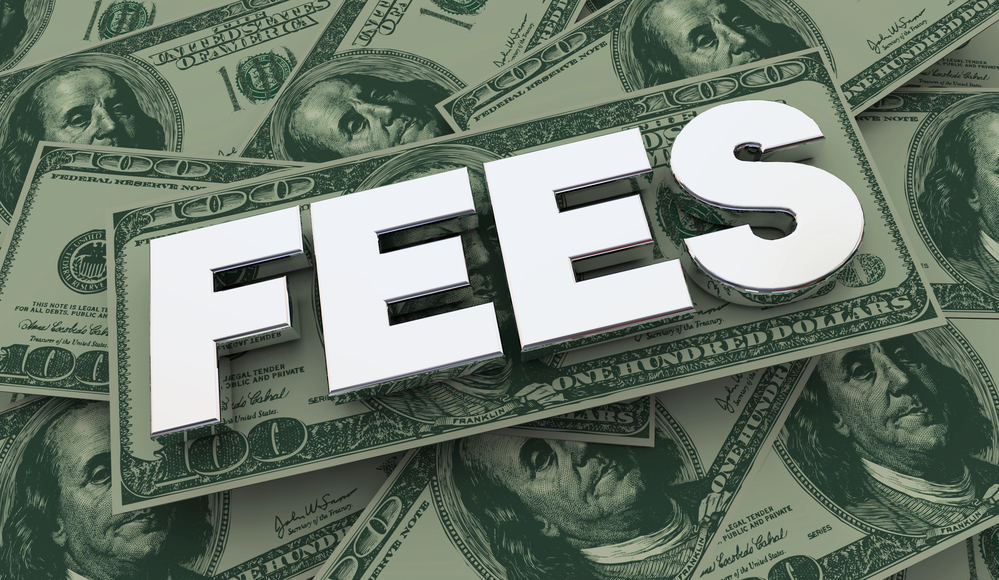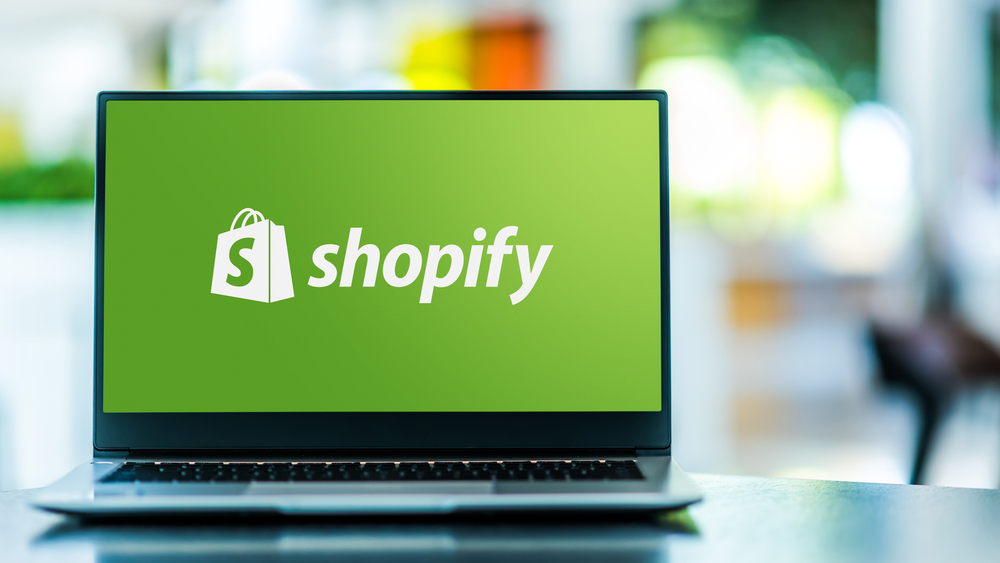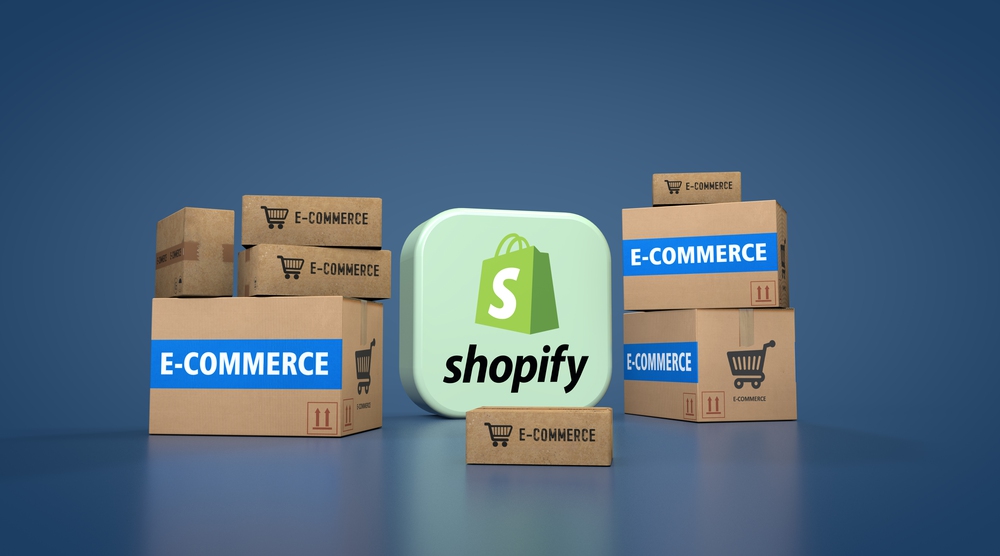
5 Reasons Why You Should Make the Switch from ClickBank to Shopify
Nov 10, 2021 3 minute Read
Considering making the switch from ClickBank to Shopify or curious about the benefits of each? We’ll give you five solid reasons why you should consider making the switch or joining Shopify even if you aren’t coming from ClickBank.
Though dedicated to online sales, ClickBank and Shopify are two very different platforms that market to different merchants. Shopify markets to a broader range as something of a WordPress-like platform; one that does all for all, no matter your background. And that makes sense because it’s essentially a CRM (customer relations manager). ClickBank, on the other hand, promotes itself as a platform for venders who want to scale. It targets business owners who want to leverage affiliate marketing.
Now that you know the basic, and even if you Shopify doesn’t seem to target you, we’ll prove which is superior with five reasons why you should switch from ClickBank to Shopify.
1. Flat Rates, More Options
Using flat-rate pricing for an e-commerce platform is attractive to many sellers. You always know what you have to pay and what you get for that price. On top of the flat rate for simply using the service, there are also transaction fees (again, at a flat rate). This is where Shopify comes out on top.
ClickBank’s Rates and Fees
$50 for your first product to be approved as a ClickBank vendor, $30 for additional accounts (not products). ClickBank runs on an affiliate marketing program, so it’s less of a full-fledged store and more of a single product with huge reach. Considering this, paying $50 one-and-done is great.
Then, there’s the sales fee. 7.5% + $1.00 is the rate…and it’s pretty high. Since there’s only the one-time payment for the product, it makes sense that the sales fee would be higher than normal. ClickBank has to make money, too. And when considering using the platform solely for affiliate marketing, not hosting your product, you can get up to 90% commission.
Shopify’s Rates and Fees
Again, flat rate pricing. For Shopify, however, you have more options. This is because Shopify is an e-commerce platform at heart, allowing you to create a full-fledge store as large as you need.
You can pay as low as $9 or as much as $2000 depending on the size of your business. Whether you’re an entrepreneur, startup, small online business, or enterprise-level, there’s an option for you. Then, there are benefits to the plan level you choose. For example, the transaction fee percentage lowers according to how expensive your plan is. Also for 3rd-party payment processors. And shipping rates.
Essentially, Shopify is a customizable solution that covers everything you need to run a store, not just a single product.
2. Chargeback Fees and Refunds
Refunds happen for every business, and so do chargebacks. The key to staying on top is limiting the potential for chargebacks and converting them to returns/refunds.
ClickBank’s Chargeback Rate
Chargeback fees on this platform are tiered. ClickBank charges you $22 per chargeback if your chargeback rate is less than 1%. That fee goes up to $29 if it’s between 1% and 1.5%. It goes up again to $49 if your rate is above 1.5%.
That sounds fair in the sense that ClickBank is also a business and shouldn’t front the payment on your behalf if you have such a high rate. It’s your responsibility. However, sometimes chargebacks happen at no fault of the vendor, in which case paying these fees on top of the cost of the sale (because you don’t get refunded for the sale) is a real letdown.
For refunds, you are charged either $0.50 or $1, but you do get your money back from the sale. So while paying for someone else’s return doesn’t seem like something you should be punished for, it’s non-negotiable and a pretty low fee.
Shopify’s Chargeback Rate
Simple and clean. $15 is the fee for chargebacks on Shopify regardless of your ratio. Right off the bat, it’s significantly lower than ClickBank’s and never increases.
There are no fees for creating refunds, and Shopify even allows to you give out partial refunds or gift cards/store credit.
3. Choice of Processor
When operating a shop, it can be difficult to weigh which rate structure is best for you. Flat rates are the easiest because there is no negotiating involved. You simply get what you get, and you don’t have to worry about anything else. On the other hand, choosing interchange plus or tiered gives you more control over what you pay down to the minutiae.
Now, Shopify and ClickBank are equal in this regard—almost. Shopify Payments, the Stripe-based payment solution built right into Shopify is based on flat-rate processing. ClickBank is also flat-rate processing. However, Shopify allows you to use 3rd-party processors, meaning you are not obligated to pay for or use Shopify’s built-in payments system.
Considering this, Shopify is superior for those sellers who want more control over their rates. This is perfect for high-risk merchants, like those selling subscriptions, digital products, and dropshipping, because you can choose a merchant account and processor that matches your needs. This is what DirectPayNet does best, so we encourage you to understand your business model and use a processor that supports it because not all of them do. Especially Stripe (and PayPal, and Square).
ClickBank only offers its own payment gateway, meaning you have no choice. And that’s fine for many businesses. In fact, starting off with ClickBank is a great way to build up some transaction processing history or to test different business models. It allows you to test the waters before diving in. But also keep in mind that once you do decide to take the plunge with business model that really works for you, using your own merchant account can save you over 50% in comparison to ClickBank’s fees.
4. Affiliate Marketing Potential
ClickBank is king when it comes to affiliate networks. It’s a platform based entirely on the affiliate marketing model and easily to use for beginners and experts, alike. So, we’re confident when we say they know exactly what they’re doing. Shopify also offers an affiliate program.
While ClickBank affiliate marketing is on top in this regard, Shopify still comes up as a close 2nd. This is because Shopify is designed as a CRM and shop hosting service, meaning they want your whole store on the platform. The focus is on the bigger picture of e-commerce, whereas ClickBank homes in on and nails the affiliate marketing aspect.
If affiliate marketing is your goal–as a store owner, it’s what you want to shape your business around–then ClickBank is where you should be. But if you want a full-fledged online store with online marketing and a business you can take even offline, Shopify is the place to be. This is when you need to outline your priorities and see what business model benefits you the most.
5. Shopify Sellers Can Leverage ClickBank
Shopify users can leverage ClickBank by building a new customer acquisition stream or sales funnel. You can think of ClickBank as similar to Amazon. Both are online retailers that host products from a variety of sellers. So you can have your Shopify store up and running, and then become a vendor on ClickBank and use it as an additional revenue stream, not a replacement, for passive income.
This is because ClickBank will never be a replacement to Shopify, they’re two completely different services with completely diverse functionality and integrations. Sure, you can host several products on ClickBank, but it won’t ever be your store the same way you can sell infinite products on Amazon without having your own store. ClickBank knows this and even promotes Shopify in their own tutorials. Yes, they are in competition, but it doesn’t mean you have to go all-in on one platform.
Ultimately, the best strategy is to open up shop on Shopify, connect it with your own merchant account (instead of using Shopify Payments), and then host a few of your own products on ClickBank for additional revenue. You can choose products that sell the most and extend the reach for those, or test out demographics and sales models for new lines of product that might differ from your general selection. Whatever the case, the best strategy is to use both to your advantage, ignoring the fees and downsides of ClickBank and viewing it as simply an addition, not a main source.
In combination, your digital marketing efforts will pay off effortlessly. Whether you choose email marketing, influencer/social media/Facebook ads/blogger marketing, or something other form of internet marketing, you’ll easily make money online and see an increase in brand recognition.
Add Your Own Merchant Account to Shopify through DirectPayNet
DirectPayNet’s expert team of merchant service sales reps are ready to answer any questions you have about integrating your own merchant account into Shopify, as well as assisting with the process. We’re ready to help you scale; get in touch with us today to get started.





2 thoughts on “5 Reasons Why You Should Make the Switch from ClickBank to Shopify”